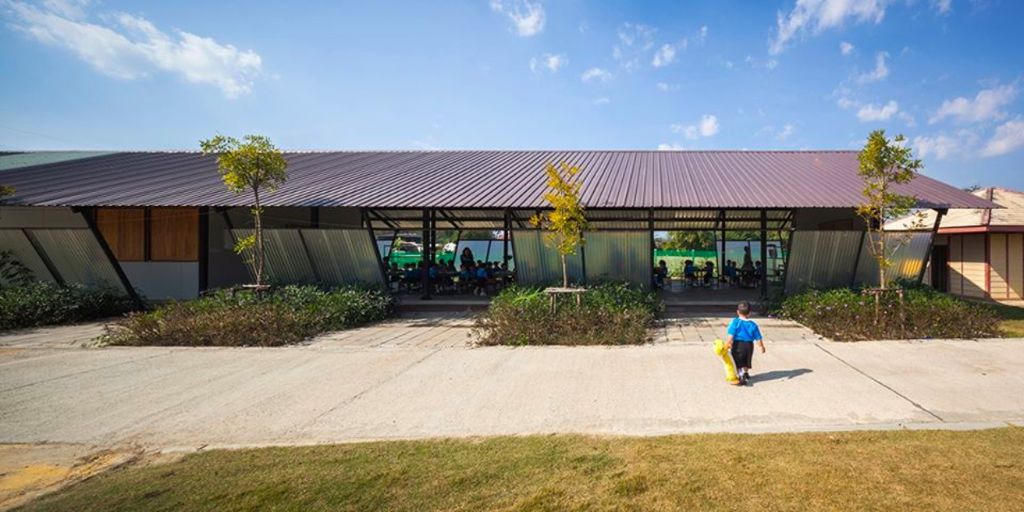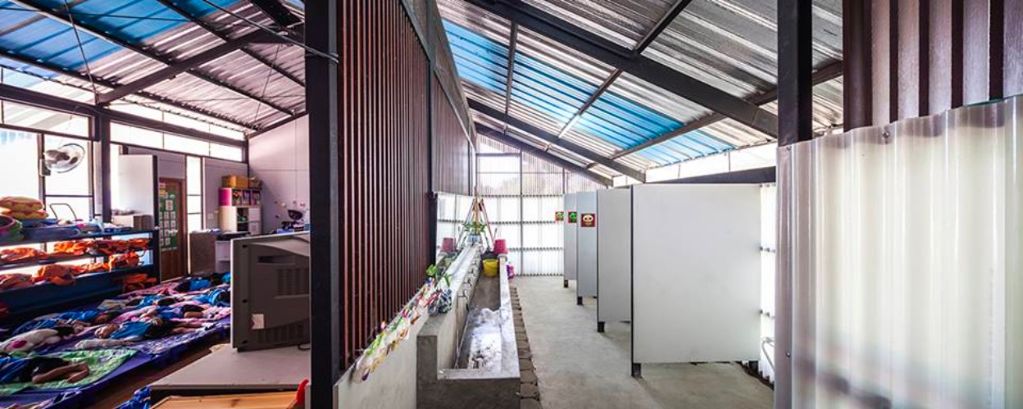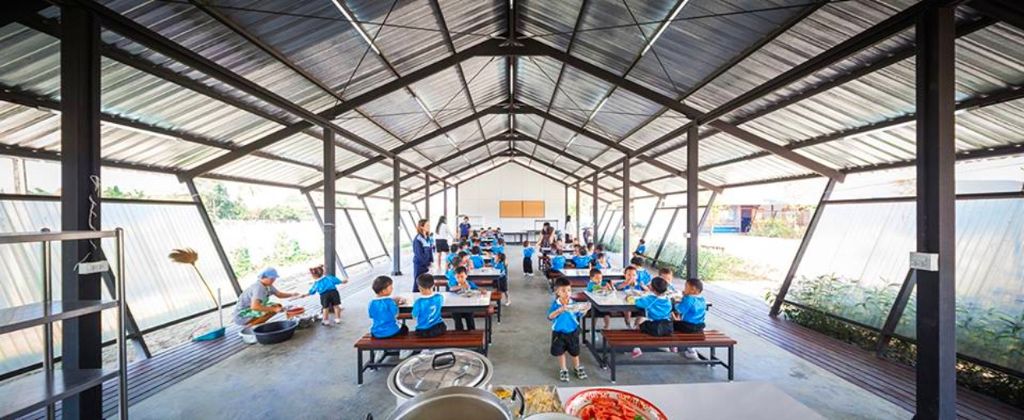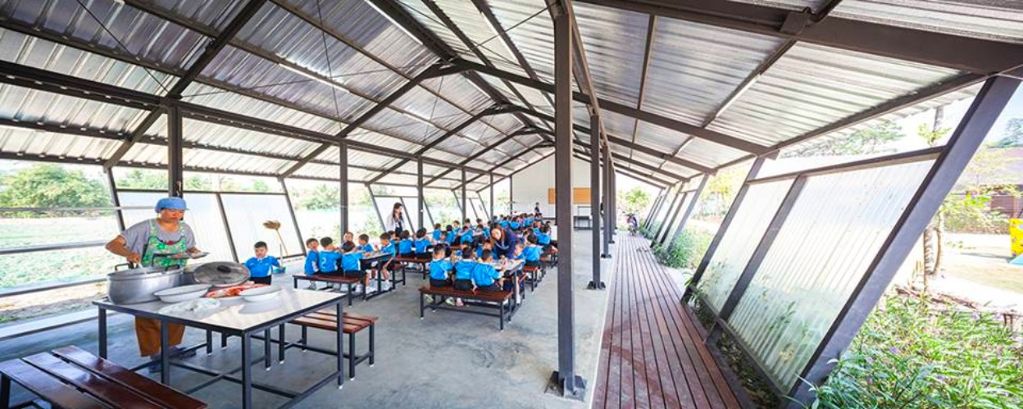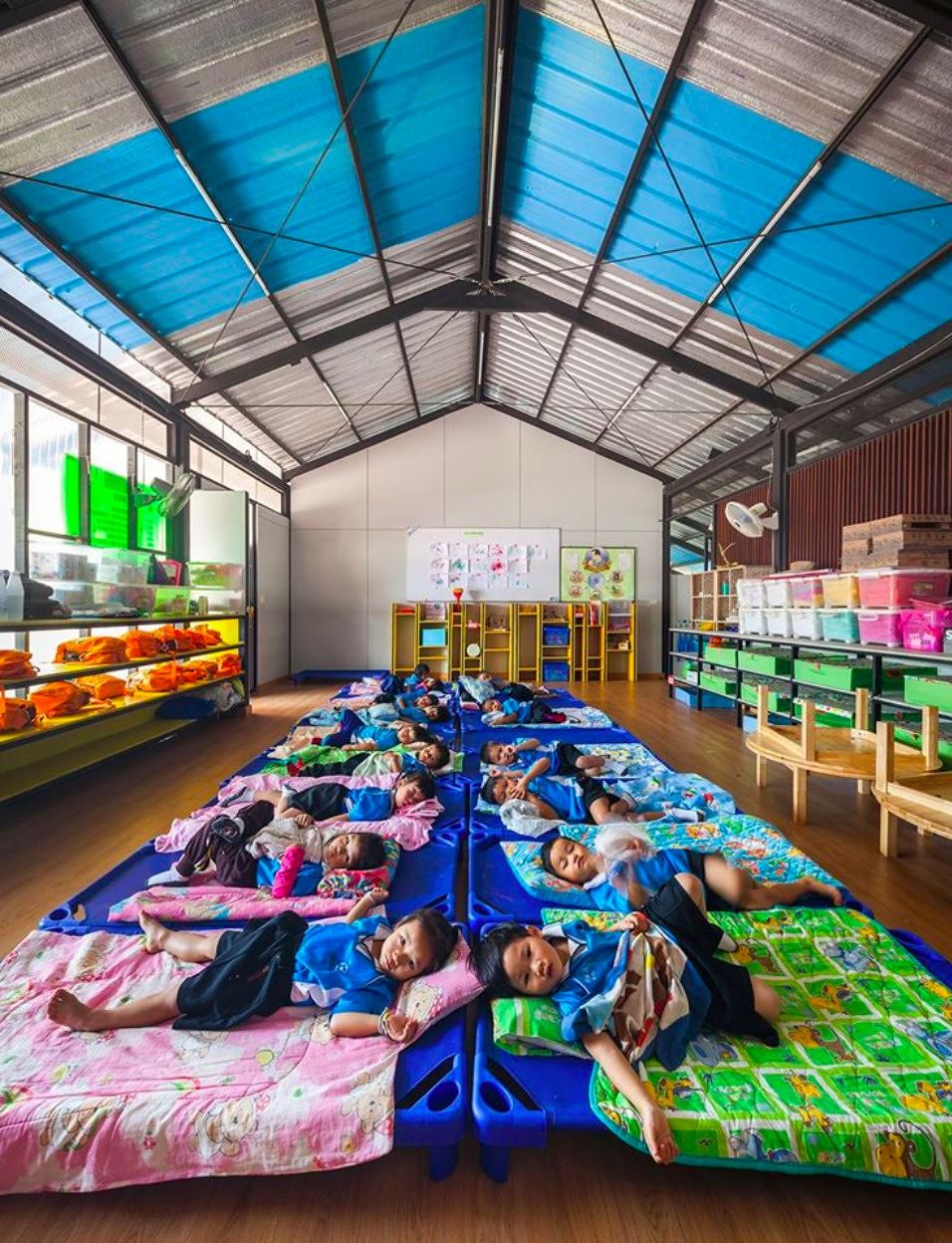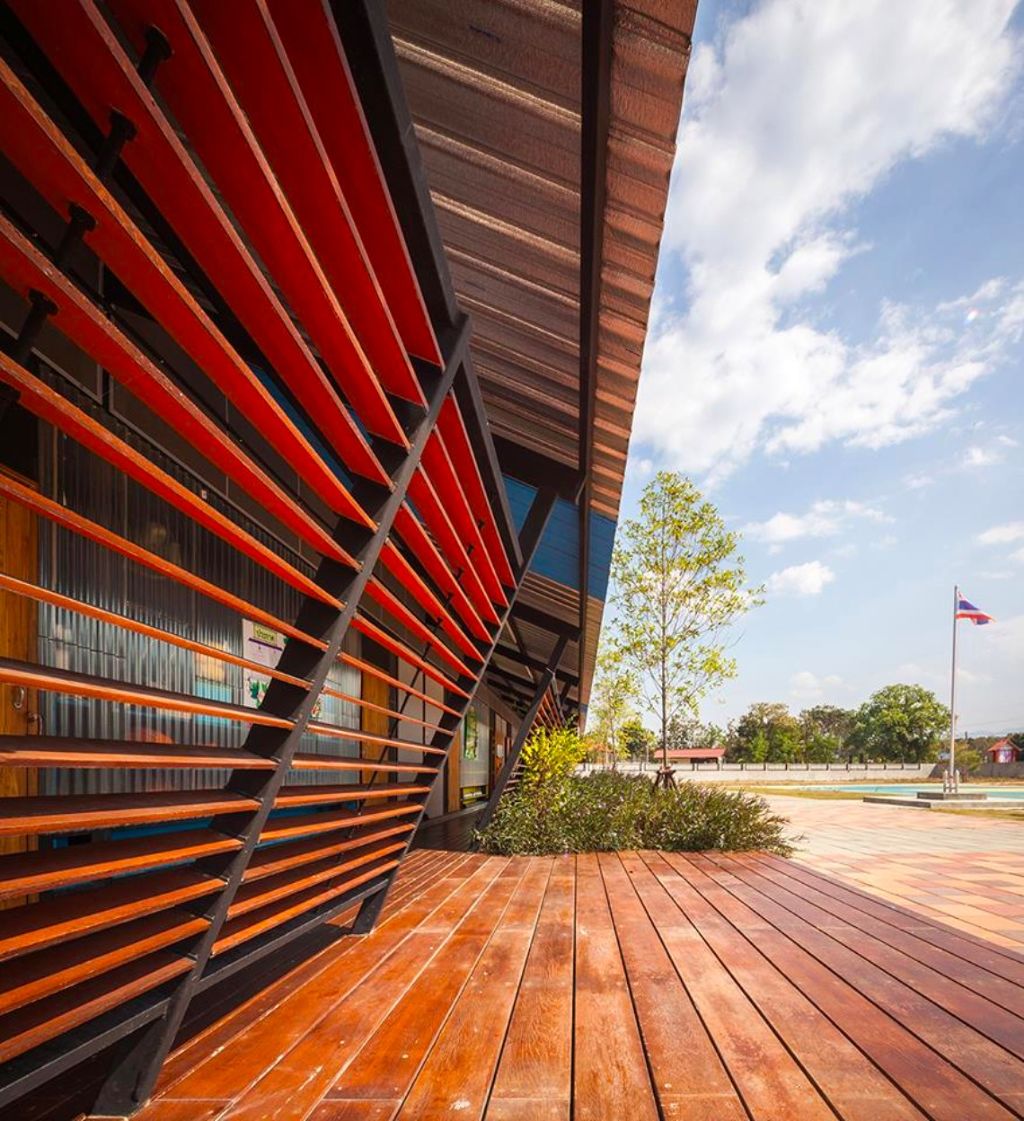Baan Hua Rin Child Development Center
รายละเอียดโปรเจค
Photo by Spaceshift Studio On May 5th, 2014, a strong earthquake of 6.3 Richter struck Chiang Rai Province in the North of Thailand, destroying 73 schools affecting over two thousand students. Through the initiation of a non-profit network named Design for Disasters (D4D), a post -disaster recovery program was launched to design and build 9 new earthquake resistant school buildings in the most affected areas. Nine emerging Thai architects were assigned to design new school buildings, one for each school.The Engineering Institute of Thailand and The Consulting Engineers Association of Thailand provided the engineering support. Thai Contractors Association linked the team to construction companies while the Association of Siamese Architects assisted in providing technical support and gathered public donation in the form of funding and construction materials through its network. Baan Hua Rin Child Development Center is a kindergarten providing a pre-school education for 100 students of 3-5 years old in total 3 classes. Due to the earthquake, the school building was destroyed. A new building is therefore urgent required to resume study for students. Because of the urgency and limited budget, the design was based on the conditions to utilize the materials efficiently. Steel structure and cement board were selected for minimal process and time saving. For example, the distance between columns was considered from the length of steel beam. The building height was considered from the steel structure to minimize waste from cutting off. The main materials used for the wall is cement board size 1.2 x 2.4 m. hence, the area of the rooms are relevant to the board size. There are two buildings for the school. Classroom building comprises of three classrooms and one teacher room. The classroom has toilets for small kids within. There are shelf storages for bags and mattresses. A shoe shelf is required in front of the classroom. The teacher room has toilets within, two for woman and one for man. The other building is canteen comprising of a kitchen and the opened air dining hall with electric fans. In addition to the basic requirement and limitation, the idea is to have something interesting and create learning for children. The classroom building is covered with lathing. This is not only to protect the dust from the football field but also to support learning in which each lath has coloring underneath that could be seen only by small children with low level vision. Along the corridor, in front of the classrooms, there are shelves for shoes but at the same time, inside the rooms, they are shelves for bags. Above the shelves, the translucent polycarbonate roofing was applied vertically to screen the chilling wind in the winter but still allow the natural light get through the classroom. This kind of roofing is also applied at the toilets to brighten the area. Continuing space from corridors to football field become the small decks available for some activities. The canteen building was divided into two parts. One small part is the area for maid and janitor. The other part is for kitchen and dining hall. The connecting area between two parts is a small garden covering with translucent roof to allow sunlight for the plants. Also, due to the cold climate of the Northern in the winter and since canteen building is an opened hall; the translucent polycarbonate was applied along the roof supporters to screen the wind. Mita Viriyavattanakul Pirak Anurakyawachon Jeravej Hongsakul
